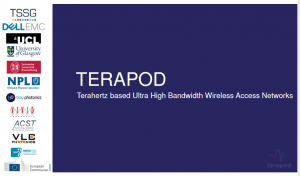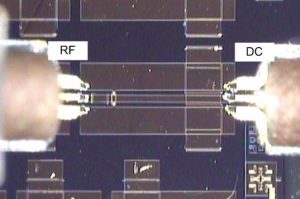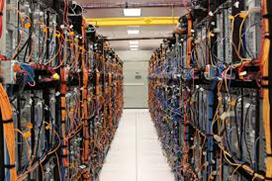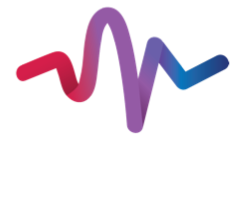TERAPOD in a nutshell
TERAPOD aims to investigate and demonstrate the feasibility of ultra-high bandwidth wireless access networks operating in the Terahertz (THz) band. The project will significantly progress innovations across the full communications protocol stack. A THz communication system will be developed, driven by ‘beyond 5G’ requirements, and demonstrated in a data center as an example of a “first adopter” operational setting.
 |
 |
| Summary presentation This public domain overview of the project was updated in Feb-2021 with the latest results. |
Project leaflet A snapshot of the project |

TERAPOD will improve short range wireless connectivity by exploiting three of the most promising emerging THz device technologies:
- Resonant tunnelling diodes (RTDs: see right)
- Uni-traveling carrier photodiodes
- Schottky barrier diodes
The vision of TERAPOD project is to push the boundaries of THz communications. The combination and integration of multiple technologies is required and will be explored to pave the way for future Tbps wireless communications. This will include:
- Combining THz sources and beam-forming using antenna arrays
- Developing metrology, characterisation and standards for the THz region
- PHY and MAC layer THz communications protocols targeting various use cases
TERAPOD demo
A data centre has been selected for the demonstration because it is a likely “first adopter” of the technology. Data centres represent very well controlled environments in which ultra-high bandwidth is vital. Current systems are linked using thousands of cables to connect the server ports. Although this offers extremely high performance in terms of data volume, it restricts capacity flexibility, manageability, scalability and performance for dynamic work loads. Replacing these physical connections with wireless THz links will offer a step change in all these aspects, as well as improving energy efficiency.
 |
 |
 |
